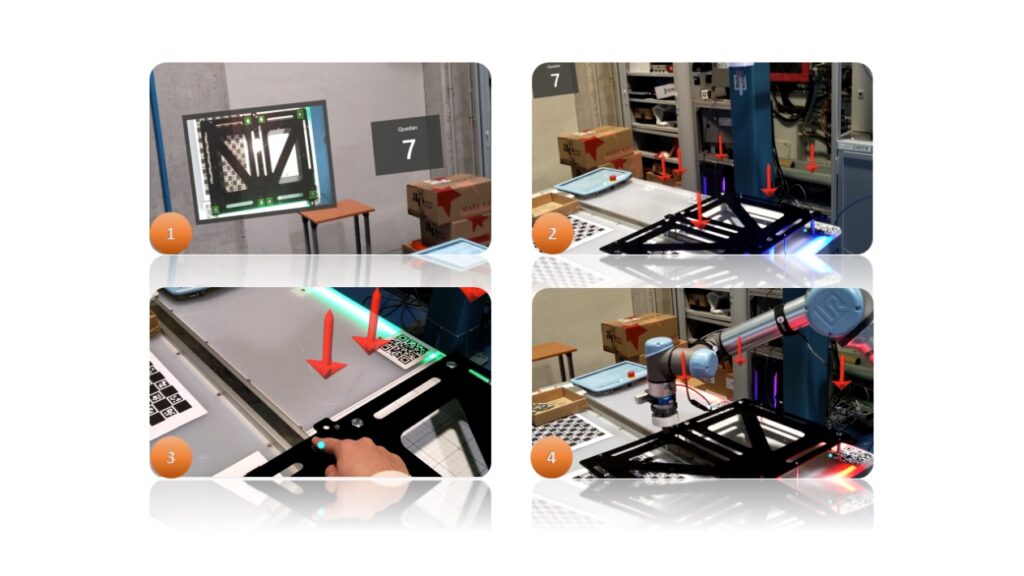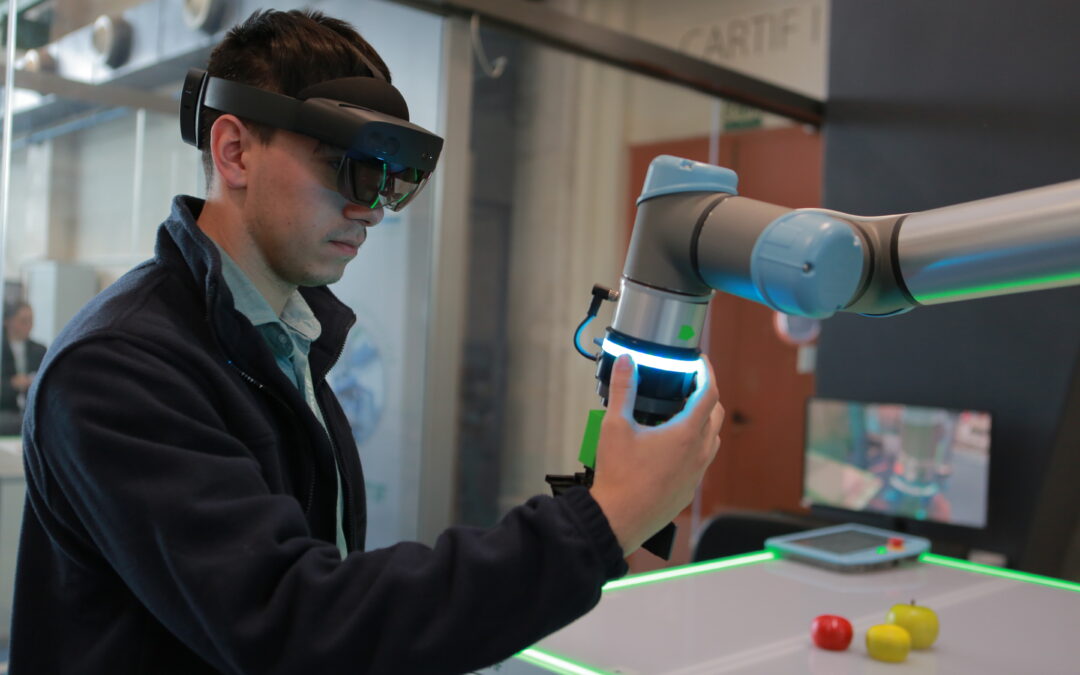Imagine finding out that the pilot of your next flight will be using Apple Vision Pro while in command of the plane. Would you feel comfortable boarding that plane? If your answer is no, you might think the pilot is reckless and that your life is at risk. On the other hand, if your answer is yes, you probably know the potential of using this device in such a situation.
Recently, the world was caught up in this debate when a pilot in the United States was recorded using Apple Vision Pro during a flight1. The pilot claimed to have improved productivity with this device. However, he faced significant criticism and had to apologize after deleting the video.
Why did this case cause so much outrage? In reality, many sectors use these types of devices daily, such as surgery, architecture, engineering, and training. The reason is simple: we are progressing. Although humans are skeptical of new technologies, we recognize that they can improve our lives. A clear example is e-commerce; when it started, many people thought it was dangerous. Now, Amazon is the fifth most valuable company in the United States, and in Spain, 39% of the population shops online at least once a month2.
It’s likely that over time, this feeling will also dissipate in the case of extended reality. This term, which encompasses virtual reality, augmented reality, and mixed reality, can be confusing for many. Each technology serves a specific purpose based on the level of immersion: virtual reality creates entirely digital environments, augmented reality overlays digital elements onto the physical reality, and mixed reality combines both to provide spatial awareness to digital elements. This concept is best understood when looking at the following image.

In the image, you can see how in mixed reality, an object like a rubber duck can recognize its surroundings and position itself behind a table instead of going through it as it would in augmented reality. This is the magic of mixed reality!
Although Apple Vision Pro has incredible features, similar devices have existed for a long time, something that CARTIF is well aware of. That’s why in the Industrial and Digital Systems Division, we have long been using the Microsoft HoloLens 2 mixed reality device for various purposes.
In the Baterurgia project, we are using this technology to automate the disassembly of electric car batteries and promote human-robot interaction. To achieve this, we rely on robotics and computer vision to detect screws present in a battery. Through the lenses of the Microsoft HoloLens 2, the operator sees holograms indicating the position of the screws in space. The operator can select a screw with a finger or gaze and issue instructions to the robot via voice commands. The system provides feedback on the progress of the activity, allowing the operator to perform other tasks simultaneously.
Secuence for picking up a screw (Recorded with Microsoft HoloLens 2)
- Display of the camera image showing detected screws.
- Identification and marking of the screws.
- The operator selects a screw.
- The robot picks up the selected screw.

As you have seen, mixed reality is gaining popularity and being applied in more sectors. The high cost of products like Apple Vision Pro and Microsoft HoloLens 2, which are around $3500, is a significant limitation. However, new more affordable devices like Meta Quest 3, which costs around $500, are making this technology more accessible for companies and users. Along these lines, it is projected that the global sales of extended reality devices will increase to 105 million by 20254 .
If this post has intrigued you and you wish to explore more about extended reality and its impact, I’d be happy to share more information with you!
1 J. Serrano, «Video of Man ‘Flying’ Plane While Wearing the Apple Vision Pro Sparks Outrage,» GIZMODO, 7 Febrero 2024. Available: https://gizmodo.com/pilot-flying-plane-apple-vision-pro-video-stunt-1851233997
2 Statista, «Frecuencia con la que los consumidores compran online al mes en España en 2023». Available: https://es.statista.com/estadisticas/496519/frecuencia-de-compra-mensual-en-comercio-electronico-de-espana/
3 A. Barel, «The differences between VR, AR & MR,» Medium, 7 Agosto 2017. [En línea]. Available: https://medium.com/startux-net/the-differences-between-vr-ar-mr-27012ea1c5
4 Statista, «Ventas de auriculares/gafas de realidad extendida (RE) en todo el mundo desde 2016 hasta 2025». Available: https://es.statista.com/estadisticas/1307118/envios-de-auriculares-de-realidad-extendida/
- Beyond reality. Extended reality - 17 May 2024
